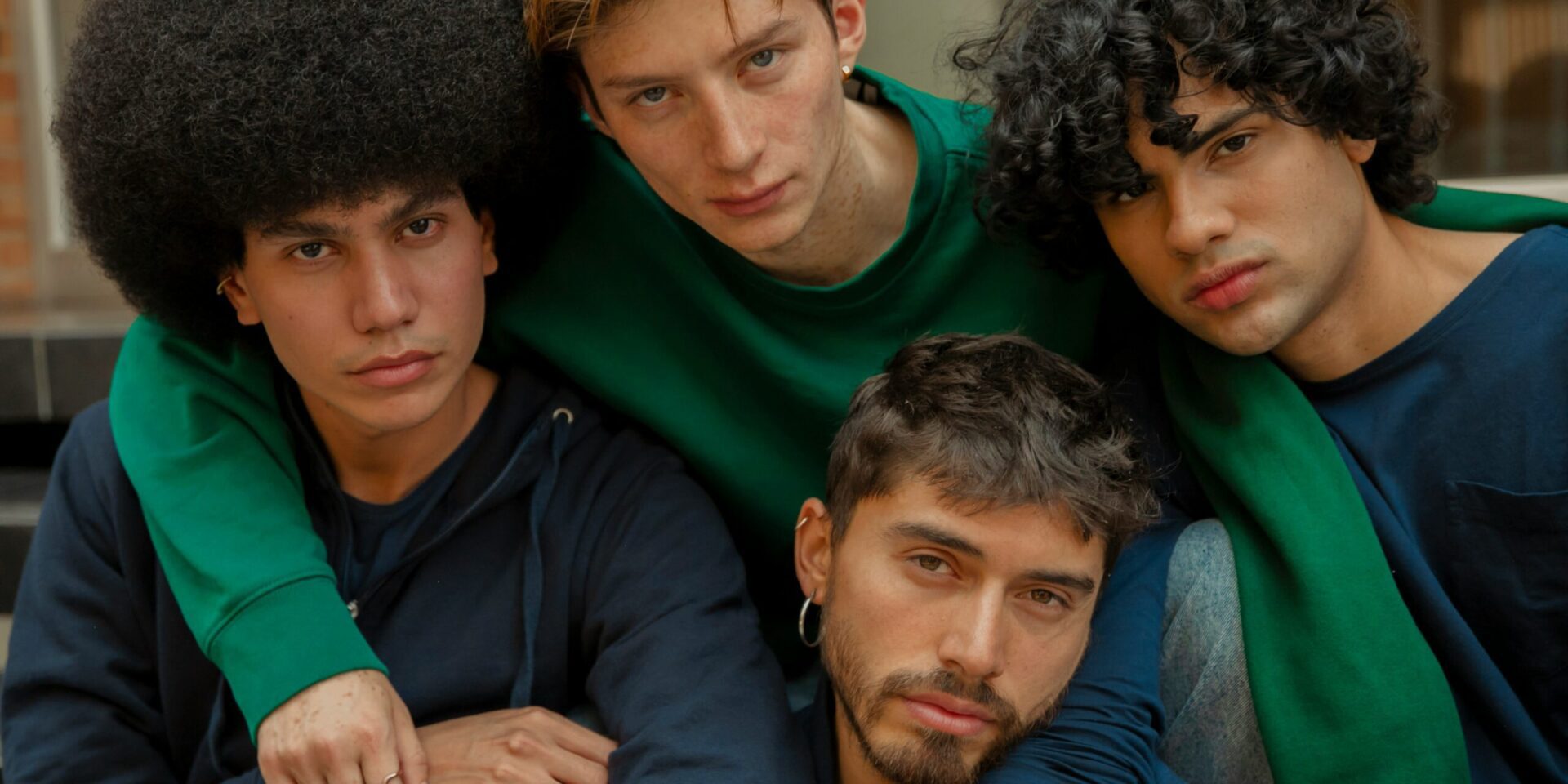Sustainability has become a focal point in the fashion industry, and 2025 is proving to be the year when eco-conscious choices in men’s clothing reach new heights. As the fashion world responds to the growing environmental crisis, major brands are making bold shifts toward sustainability, with eco-friendly materials, ethical production processes, and transparent supply chains now taking precedence over fast fashion. This change is not only reshaping the industry but is also influencing consumer behavior, as more individuals seek out clothing that aligns with their values.
A Shift Toward Eco-Friendly Materials and Ethical Production
Leading fashion houses such as Prada, Gucci, and Patagonia have made significant strides in incorporating sustainable practices into their collections. These brands have embraced recycled fabrics, biodegradable materials, and zero-waste designs to minimize the environmental impact of their clothing. Prada’s 2025 collection, for instance, showcases garments made from regenerated nylon, a move that helps reduce plastic waste and promotes the reuse of materials. Gucci has followed suit with an array of designs crafted from organic cotton, hemp, and recycled polyester, ensuring that their fashion offerings are both stylish and environmentally responsible.
In addition to the major players, a growing number of smaller, independent brands are gaining recognition for their commitment to sustainability. These brands focus on ethical production methods, such as fair wages for workers, minimal environmental impact, and the use of local artisans to create high-quality, handcrafted garments. This movement offers consumers more options to support businesses that are committed to reducing their carbon footprint and operating with transparency.
One of the most significant trends in men’s sustainable fashion is the shift toward the use of plant-based and animal-free fabrics. Materials like mushroom leather, lab-grown silk, and organic cotton are gaining popularity as they offer eco-friendly alternatives to traditional leather and synthetic fabrics. These innovations are not only better for the planet but are also appealing to a growing consumer base that values cruelty-free fashion.
Timeless, Durable Pieces Over Disposable Trends
Traditionally, the men’s fashion industry has lagged behind its female counterpart in adopting sustainable practices, largely due to an emphasis on fast fashion and trend-driven consumption. However, in 2025, the tide is changing. Men are increasingly embracing sustainable fashion as part of a broader lifestyle shift toward conscious consumerism. This evolution is reflected in the growing interest in timeless, versatile pieces that prioritize durability over fleeting trends. Rather than indulging in the latest fast-fashion styles, consumers are seeking out clothing that will last for years, reducing waste and the need for constant purchasing.
Vintage shopping has also become a mainstream trend, with many men turning to second-hand stores for unique, high-quality items that have a lower environmental impact than new clothes. This shift is being fueled by a desire to reduce textile waste, as well as the increasing awareness of the carbon footprint associated with the production of new garments.
In response, high-end designer labels have embraced the concept of “slow fashion,” which focuses on creating high-quality pieces that stand the test of time, both in terms of style and durability. Instead of churning out new collections every few weeks, these designers are opting for fewer, more thoughtfully designed pieces that emphasize craftsmanship and longevity. This change in approach is encouraging men to view fashion as a long-term investment rather than a disposable commodity.
Technology’s Role in Sustainable Fashion
Advancements in technology are playing a pivotal role in shaping the future of sustainable fashion. Cutting-edge innovations like 3D printing and AI-powered design tools are being integrated into the fashion industry to reduce waste and improve production efficiency. For example, 3D printing allows designers to create prototypes with minimal material use, ensuring that only the most refined designs make it to production. This process helps minimize excess inventory and waste, which are common issues in traditional garment manufacturing.
AI-powered tools are also being used to predict trends and optimize production, allowing brands to make smarter, more sustainable decisions about what to produce. By analyzing data on consumer behavior and fashion trends, these technologies enable companies to produce garments in more precise quantities, reducing overproduction and excess waste.
In addition, sustainable fashion is benefiting from the rise of digital clothing, where consumers can purchase virtual garments for use in online environments and social media, eliminating the need for physical production altogether. This shift toward digital fashion, although still in its early stages, has the potential to drastically reduce textile waste and carbon emissions associated with traditional clothing production.
The Road Ahead for Men’s Sustainable Fashion
Looking ahead, the future of men’s fashion in 2025 and beyond is undoubtedly focused on sustainability. As consumer awareness of environmental issues continues to grow, more brands will be under pressure to adopt ethical and eco-friendly practices. The demand for transparency in supply chains will only increase, with consumers expecting brands to provide clear information about the materials used, the manufacturing processes, and the labor practices behind their products.
This shift toward sustainability is not just a passing trend but a fundamental change in the way we think about fashion. In 2025, fashion is no longer about fleeting trends but about creating clothing that has lasting value, both in terms of style and environmental impact. As more men embrace this shift, sustainability will continue to shape the future of men’s fashion, offering a more responsible and conscious way to express individual style.
For more insights into sustainable fashion in men’s collections, visit Vogue’s comprehensive guide to the latest trends: Vogue – Sustainable Fashion in Men’s 2025 Trends.

